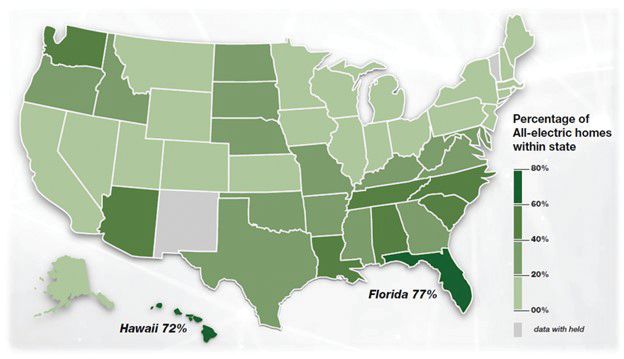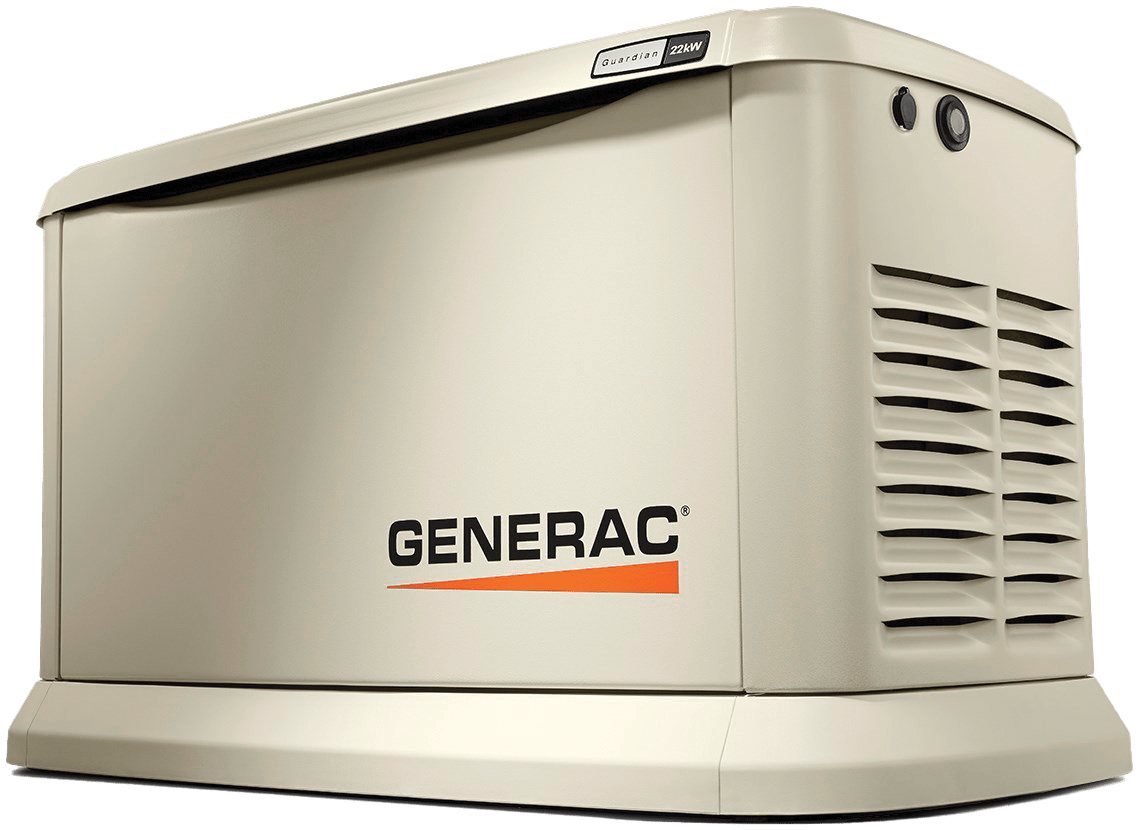Our nation’s power grid is changing rapidly. With much of America’s grid infrastructure well past its intended lifespan, grid reliability is becoming a critical issue. In fact, the North American Electric Reliability Corporation’s most recent Long-Term Reliability Assessment shows most of the United States as at either an “elevated” or “high” risk level for power outages. Utility companies and system operators are beginning to make much-needed changes to the grid that will have profound impacts on electrical distributors, contractors and homeowners.
One of the major modern changes is to the fundamental way in which we generate and distribute electricity. It’s critical for electrical distributors to understand this transition to effectively enable their customers to take advantage of the myriad of benefits provided by Grid 2.0. This transformation will manifest itself in five key ways:
Consumers’ Dependence on Electricity Will Continue to Grow

“Electrify Everything.” That’s become the guiding principle for new residential and commercial construction in the United States, as HVAC systems, gas burners and even cars are being replaced with heat pumps, induction burners and electric vehicles. In fact, more than 25% of U.S. households use electricity as the only source of energy, and this will only increase as restrictions on new construction get tighter. With electricity playing critical roles in nearly every facet of our lives, access to a constant, uninterrupted source of electricity is more critical than ever.
Power Will Come from Many More Sources Than What We Know Today
To meet this new level of demand, utilities will have to take advantage of new sources of power to supply their energy portfolios. In addition to traditional power plants, energy will continue to stem from solar, wind, nuclear and more.
Load and Energy Control Will Take Place by Utilities as Well as Homeowners
Smart home technology isn’t just a smart decision for a homeowner, it’s also smart for utility operators. Smart devices allow homeowners to reduce their energy consumption when demand on the grid is high, making for a more resilient grid—and passing along cost savings to homeowners.

Storage Will be a Key Element to Stabilize Renewables
A key complaint for renewables like solar and wind is that they produce almost all their energy during the middle of the day, when demand for electricity is relatively low. The periodic nature of renewables makes battery storage critical, both at a utility scale and at a residential scale for homeowners with solar panels.
Uptime of Equipment and Power Generation Sources Will be More Critical Than Ever
With less consistent power generation sources and skyrocketing levels of demand for electricity, grid operators are forced to work under shrinking margins of error. Compounded by an increase in severe weather, grid infrastructure needs to be more resilient than before to withstand severe weather and reduce downtime.
Under Grid 2.0, homeowners are no longer pure consumers of electricity. Instead, they control both sides of the equation, creating, storing and consuming energy all on their own. Generac is leading the way in preparing for the future of the electrical grid, offering unique solutions that enable homeowners to take control of their own power.
IMARK distributors have seen incredible growth with the Generac suite of products since the beginning of the COVID-19 pandemic, driven by an increase in consumer awareness of their power needs. From the beginning of 2020, through the end of 2022, IMARK members had an annual CAGR of 48.76% in Generac business, driven by our home standby line of generators. This does not include the additional components from a distributor’s everyday business on the bill of materials to install these products.
Installers from multiple trades are realizing the benefits of offering backup power, energy storage and energy-efficiency solutions. Generac has introduced these solutions to more than 1,500 contractors through IMARK distributor-hosted trainings during that time. Whether you are in the category with us currently, or interested in expanding your linecard, we have the tools you and your installers need to benefit from this expanding opportunity.
Conclusion
The power grid of the future is one that benefits everyone—providing a stronger, more resilient grid, more diverse and sustainable sources of power and cost savings for customers. Electrical distributors best serve their customers by understanding where the power grid is heading, enabling them to provide better access to homeowners and offering a competitive advantage to their installers.
Generac supports electrical distributors in tailoring their product offering to be better prepared for the opportunities Grid 2.0 will bring. To learn more, visit generac.com.